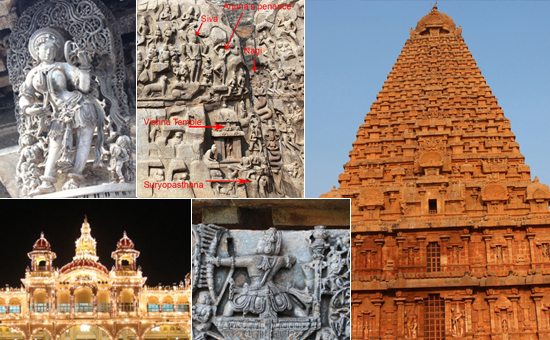- FAQ tells what is Good and Services Tax
and how revenue is shared between Centre and States. It is a good example of
co-operative federalism. States got access to service tax revenues through GST.
There are many write-ups on this
subject. I have tried to make this as simple and comprehensive as possible.
1. What is GST?
GST or Goods and Services Tax is a
single tax levied across India on value added to goods and services. GST
subsumed numerous taxes levied by the Centre and states namely additional and
special duties of customs, union excise duty and service tax etc for Centre and
VAT 5, Sales Tax, entry tax, octroi,
central sales tax etc for states.
Besides GST, states earn revenue from stamp duty, motor vehicles tax and state excise duty (tax on alcohol for human consumption and petroleum products). Local bodies levy property and entertainment tax. “Tobacco and tobacco products would be subject to GST. In addition, the Centre would have the power to levy Central Excise duty on these products.” Pg. 8 of 5
“Imports of Goods and Services will be treated as inter-state supplies and IGST will be levied on import of goods and services into the country. The incidence of tax will follow the destination principle and the tax revenue in case of SGST will accrue to the State where the imported goods and services are consumed.” Pg. 15 of 5
“The import of goods under the GST regime will be subject to IGST and compensation cess (if applicable), along with basic custom duty (BCD) and social welfare surcharge (up to 10% levied on the BCD). BCD and social welfare surcharge paid at the time of imports are not available as credit under GST; consequently, they will always be a cost to the importer.” Pwc.com Income from customs duty does not form part of GST revenues.
2. What are the different
types of GST?
There are three type of taxes collected under
GST i.e. Central GST, State GST on supply of goods and services within the
state and Integrated GST (IGST) on goods and services supplied outside the
state. In the case of IGST, part goes to the Centre and the balance to the
state where the goods or service is consumed.
3. How is GST revenue
shared?
Central taxes and the part of GST known
as Central Goods and Services Tax (CGST) form the divisible pool, which is shared
between the Centre and States in line with the recommendations of the Finance
Commission. Every five years, the Central Finance Commission decides how
revenue is to be shared between Centre and States. To know
Weightage Factors see figure 6
IGST is the component of GST which is
levied on inter-state transactions and imports. It is shared equally between the Centre and States. Either
way the IGST that the Centre collects is part of the divisible pool of
resources that partially goes to the states.
Thus, revenues accrued to states in two ways. One that comes directly from SGST and two, share in the Divisible Pool of Central government revenues (CGST and part of IGST) that was 41% in FY 2021-22. States also earn revenue by imposing taxes on petroleum products and liquor. States with larger manufacturing and
servicing activities and consumers stand to gain by GST.

Some other key provisions
1. Cross-utilization of Input Tax Credit
between CGST & IGST, between SGST/UTGST & IGST is allowed.
2. Annual return to be filed by 31st December of the following Financial Year along with a reconciliation statement.
3. Payment of taxes by the normal tax
payer is to be done on monthly basis by the 20th of the succeeding month. Pg 66
of 5
4. In other words, unless the supplier
has paid the entire self-assessed tax and filed his return and the recipient
has filed his return, the ITC of the recipient. Pg 67 of 5
5. So, the upper time limit for taking
ITC is 20th October of the next Financial Year or the date of filing of annual
return whichever is earlier. Pg 86 of 5
6. Any need to revise a return may arise
due to the need to change a set of invoices or debit/ credit notes. Instead of
revising the return already submitted, the system will allow changing the
details of those transactions (invoices or debit/credit notes) that are
required to be amended. They can be amended in any of the future GSTR1/2 in the
tables specifically provided for the purposes of amending previously declared
details. Pg. 105 of 5
GST is a good example of Centre and
States working together. Hope it is replicated in the Agriculture sector also.
In case of any errors please mail with
source document reference.
References
1. Indian Federal
Structure
2. What is GST
share between Centre and States
3. GST Council
4. What is CGST/SGST/IGST/UTST with
examples.
5. CBIC FAQ 2017
6. Transfers to states – role of Finance Commission
7. Finances of the
Central government – good read
8. Centre’s sacrifice for cooperative federalism Business Standard – States benefited by getting access to the more buoyant services tax base. Note that earlier, only the Centre taxed services.
9. Scratching beneath the surface of GST numbers Business Standard